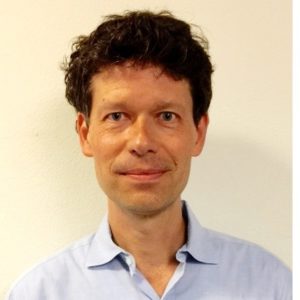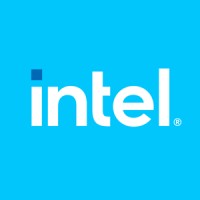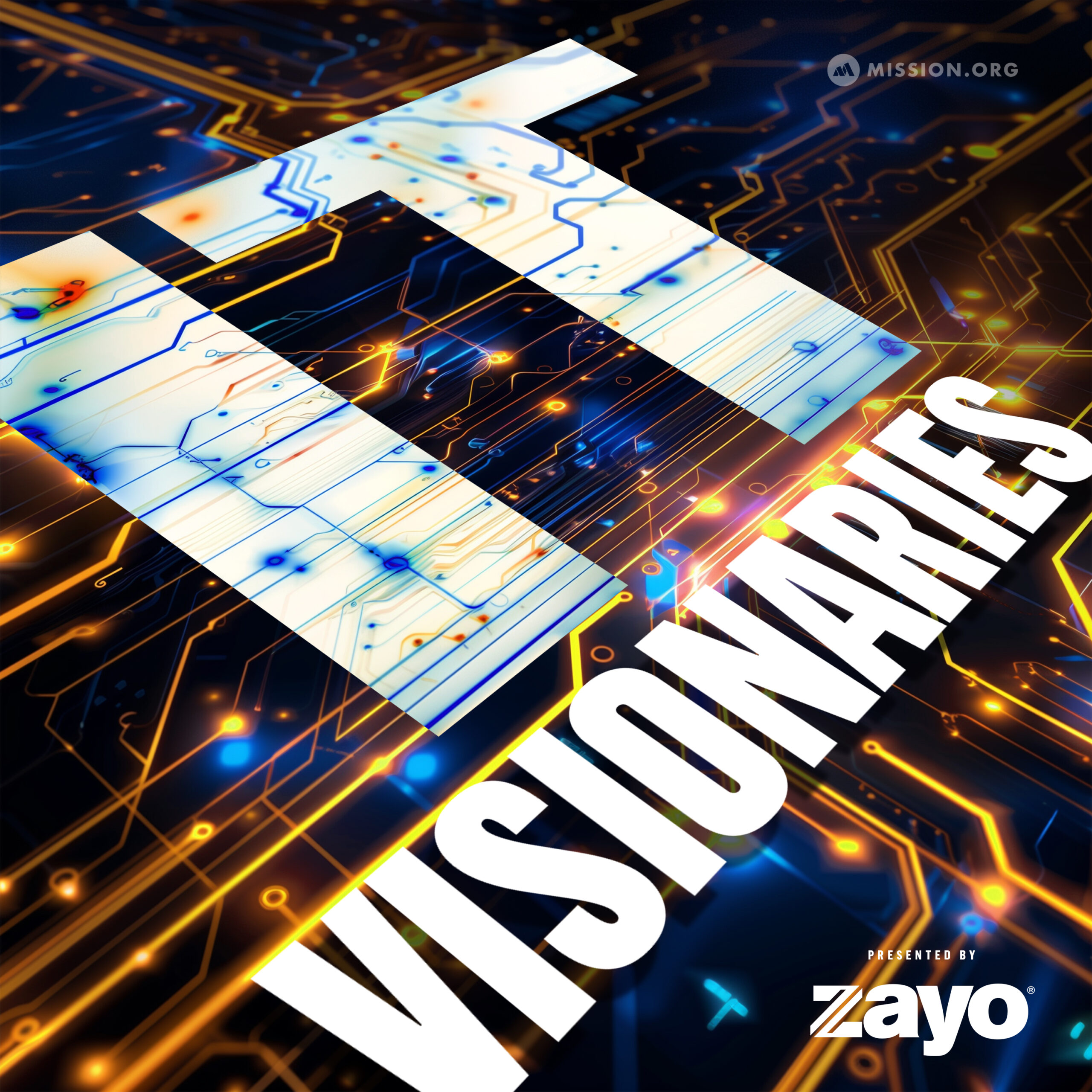Or listen in your favorite podcast app
Apple Podcasts / Google Podcasts / Spotify
Much like a child experiencing the wonder of life for the first time, there is still so much to discover when it comes to artificial intelligence. The technology is still in its infancy and those in the industry are trying to work out constraints to allow A.I. to constantly learn and gather information but give it boundaries or rules to keep it honest. Casimir Wierzynski is the Senior Director of A.I. Products for Intel and on this episode of IT Visionaries, he discusses some of the ways companies are working together to grow the technology, how encrypted data is leading them down new paths and the importance of an open-source ecosystem.
3 Key Takeaways
- Federated learning and homomorphic encryption are two techniques used for encrypted data sharing
- A.I. ecosystems are allowing companies to share large data sets, build models and then distribute them to the private sector
- Open-source data is critical to the evolution of artificial intelligence
For a more in-depth look at this episode, continue below.
Much like a toddler experiencing the intricacies of life for the first time, the same can be said for the field of artificial intelligence. Young, inquisitive, and curious, all while growing at an exponential rate, A.I. continues to challenge the business sector with burgeoning potential. Casimir Wierzynski, Senior Director of A.I. Product at Intel, joined IT Visionaries to discuss the work his team is doing, why open source data is the quickest way to grow artificial intelligence and some new techniques they are using to keep data private.
Wierzynski looks at next-generation ideas for artificial intelligence and the ways consumers are using and interacting with artificial intelligence, including deep learning, which Wierzynski said is one of the most exciting techniques to come along.
Deep learning uses models known as neural networks to learn a function and simultaneously forms a relationship between two datasets. To learn this function — and figure out the paraments of the data — Wierzynski said you have to do a lot of number crunching.
“You have to blast through billions of billions of data points to extract a model that might have millions of parameters,” he said. “One of the ways in which the field has come to this exciting point is the fact that we have these very large data sets available to us and all this additional computing power. So there is a direct link between the ability of A.I. systems to do a job and how much data and computation you have available to build those systems.”
One way the industry is expanding upon those ecosystems is by opening their data to other companies, something Wierzynski said is critical for the technology to continue to grow.
“Data science has been such a really open field intellectually,” Wiezynski said. “There’s a lot of open source, a lot of code sharing, a lot of best practices that are distributed across organizations. It tends to attract people who have that same mentality, who have this kind of open mindset. There are a lot of instances where a lot of really great knowledge is built in at the data science layer across many organizations. And I think it’s important to really tap into that.”
To tap into that knowledge, Wierzynski said they are in the early stages of establishing an A.I. ecosystem, a critical component that allows companies to share large datasets, build a model and then distribute that model to other companies as a service.
“How do I want this system to work and what are the constraints on who’s allowed to see what data?” Wierzynski said. “And working from those, this aspect of privacy is going to require some kind of cryptography system that in order to run at its peak performance requires this specific hardware.I really want to think about it from the point of view of the developer. How is the developer going to build this thing? In some ways try to shield complexities like cryptography and data science as much as possible.”
One of the biggest concerns for Wierzynski is data privacy, and he touched on some of the techniques that are coming out of the academic world, specifically with machine learning.
“Data scientists for a long time have been using data to fit and train models,” Wierzyski said. “Now, if you add a constraint that says if you want to learn a particular model by sharing data across three or four different data sources, but you’re not allowed to actually get the data from those data sources, how would you do that? How can you somehow learn from distributed data without actually getting the data yourself? That’s called federated learning.”
Federated learning trains an algorithm across multiple decentralized edge devices and servers while holding local data samples without exchanging their samples. The second technique Weirzynski touched on was homomorphic encryption, allowing computation that generates an encrypted result which, when decrypted, matches the result of the operations as if they had been performed on the plaintext.
“You can actually do math on encrypted data without ever getting the key and without actually seeing the underlying data,” he said.
To accomplish this goal, Intel built an open-source library, which Weirzynski referred to as an HE Transformer. According to Weirzynski, once they have a model trained to a specific parameter, they can then change the environment variable.
“There’s actually a whole space in between those two extremes where you could get encrypted access to somebody’s data and get useful inferences out of it,” Wierzynski said. “So there are these really interesting intermediate combinations that we’d like to make easier for developers and business leaders to make use of.”
While privacy remains top-of-mind for technologists worldwide, Wierzynski is upbeat about the possibility that lay before artificial intelligence.
“One of the things that gets me really excited working at Intel is that we have so many interesting problems and so many hardware platforms to choose from,” Wierzynski said. “We are explicitly looking at sequences of decisions over time and learning-based approaches to some of these problems.
“People ask, where are we in the evolution of A.I.? We’re really just getting started.”




